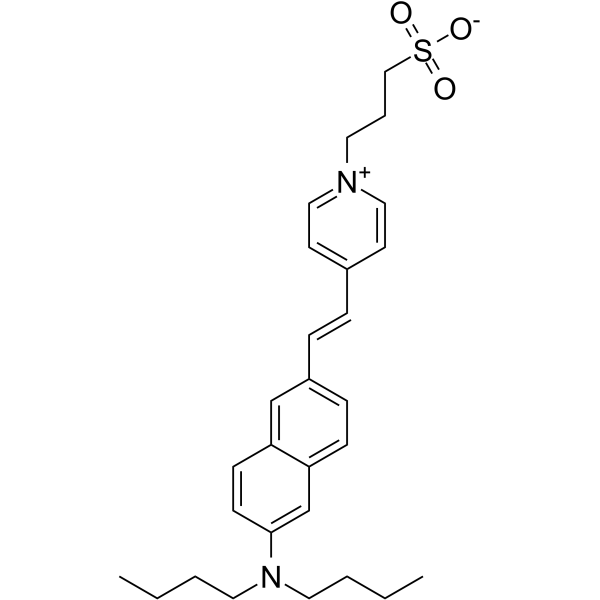| Structure | Name/CAS No. | Articles |
|---|---|---|
 |
1,2-Didodecanoyl-rac-glycero-3-phosphocholine
CAS:18656-40-1 |
|
 |
1,2-Dilauroyl-sn-glycero-3-phosphocholine
CAS:18194-25-7 |
|
 |
Di-4-ANEPPS
CAS:90134-00-2 |